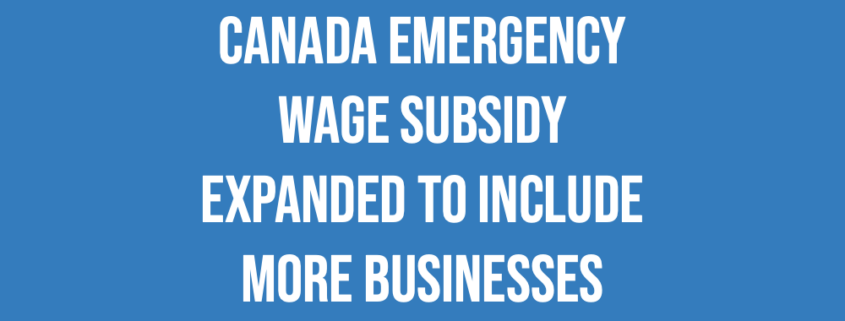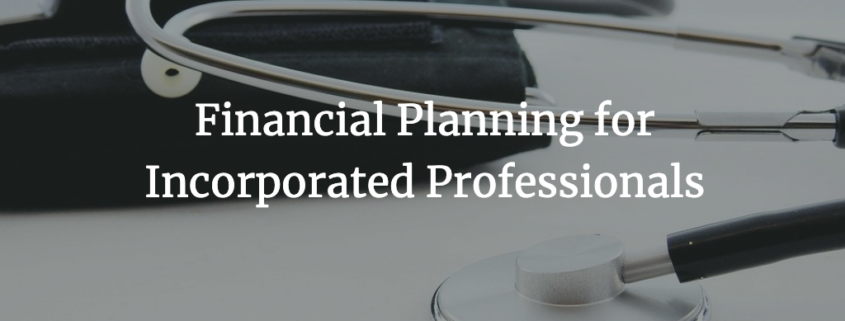Canada Emergency Wage Subsidy expanded to include more businesses!
On July 17th, Finance Minister Bill Morneau announced proposed changes to the Canada Emergency Wage Subsidy (CEWS) that will expand the number of businesses that qualify for the program.
The major changes he announced were:
“First, we’re proposing to extend this program through until December 19th.”
“Secondly, we know that it’s also critical that we have the businesses able to continue to hire people even as they get into the restart and we know that the requirements in businesses have a 30% reduction in revenue is not helpful in that regard.”
“businesses will get the wage subsidy if they’ve had any reduction in revenue so it’s going to go all the way down to businesses who even have a small amount of revenue reduction they’ll get the subsidy and it will be in proportion to the amount of the revenue reduction that they will get a subsidy.”
“Third, we’ve tailored the program so that it helps those organizations that are particularly hard hit. So for organizations with over a 50% reduction of revenue over the last few months they’ll actually get a top up, they’ll get up to 25% additional subsidy so that they can deal with this really challenging time for their businesses.”
“What that means for businesses, those that were already in the program that have that 30% revenue decline that will continue to be the case for July and August. For those businesses as I said that are particularly hard hit it will be even more. It will go up to 85% wage subsidy or $960 per person.”
“For those businesses less hard hit but still hit they will be able to get into the program. The program will continue but as we restart, the program will be tailored to help businesses appropriately in that restart.”
The new rules will be retroactive to July 5th but require parliamentary approval.




